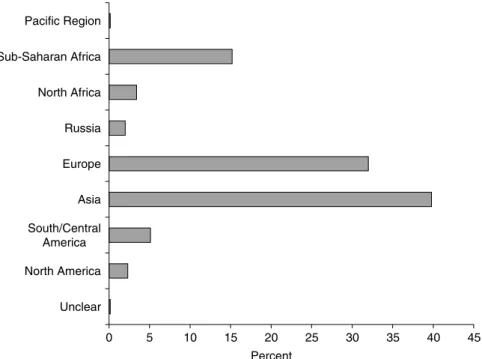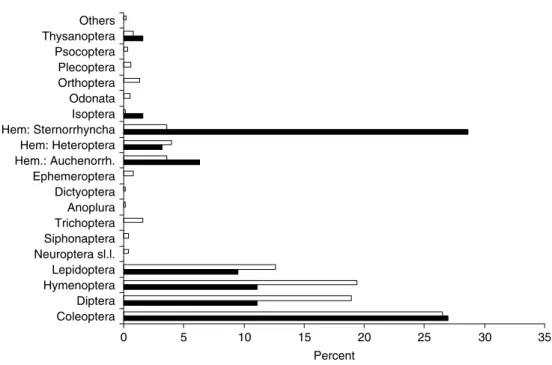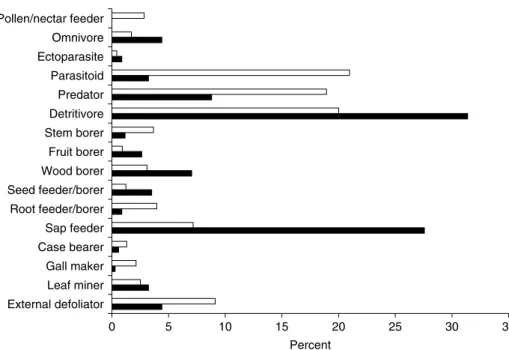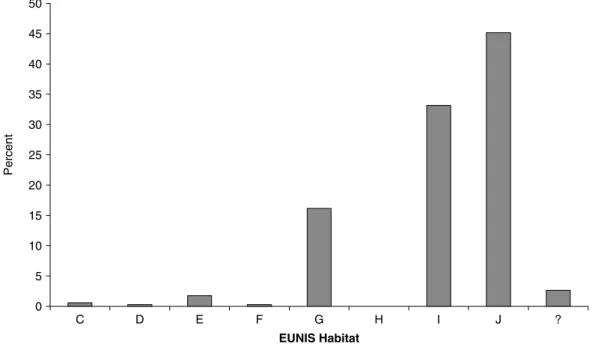How can alien species inventories and interception data help us prevent insect invasions?
Texte intégral
Figure




Documents relatifs
n The species colonised natural and artificial wetlands in the two regions, notably the park and national nature reserve in the town of Saint-Quentin-en-Yvelines, as well as
n In 2009, a steering committee for invasive plant species was set up by the water stakeholders in the river basin to identify their mutual needs and define the necessary
Due to its broad global distribution and widespread effects on native biodiversity through various impact mechanisms, the American bullfrog is listed as one of the top 100
complimentary expertise across taxa in each of the respective terrestrial, freshwater and marine environments.. Each expert was given an IAS list relevant to his/her group.
The RAPID Life Project (Reducing and Preventing IAS Dispersal) and the Belgian Forum on Invasive Species (BFIS) are co-organising an event in Brussels to facilitate the exchange
The RAPID Life Project (Reducing and Preventing IAS Dispersal) and the Belgian Forum on Invasive Species (BFIS) are co-organising an event in Brussels to facilitate the exchange
It is characterised by four light and five dark longitudinal stripes along its sides, and a light brown tail with broad black lines on both sides, and narrow white edges.
Internode: 1/4 length of leaves (length of internodes relates to the submerged leaves).. Emergent

